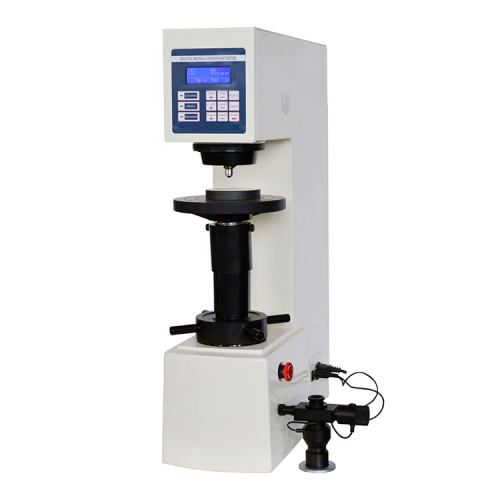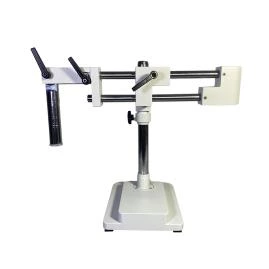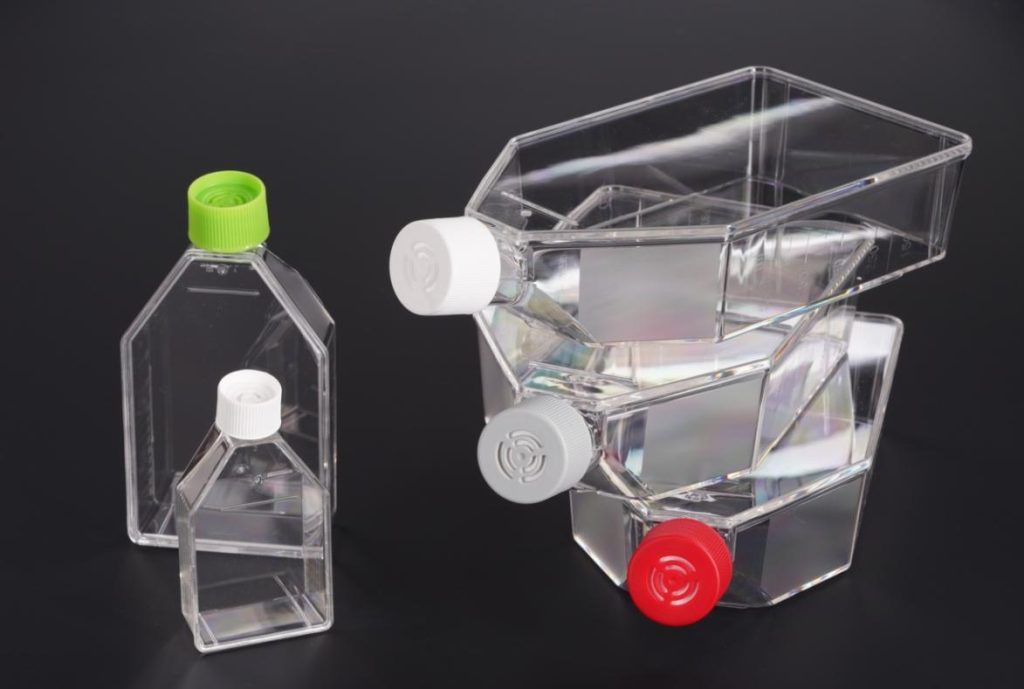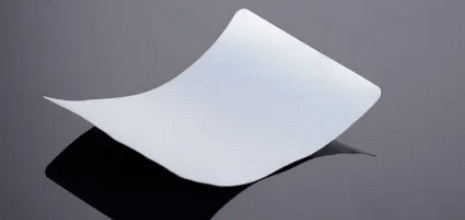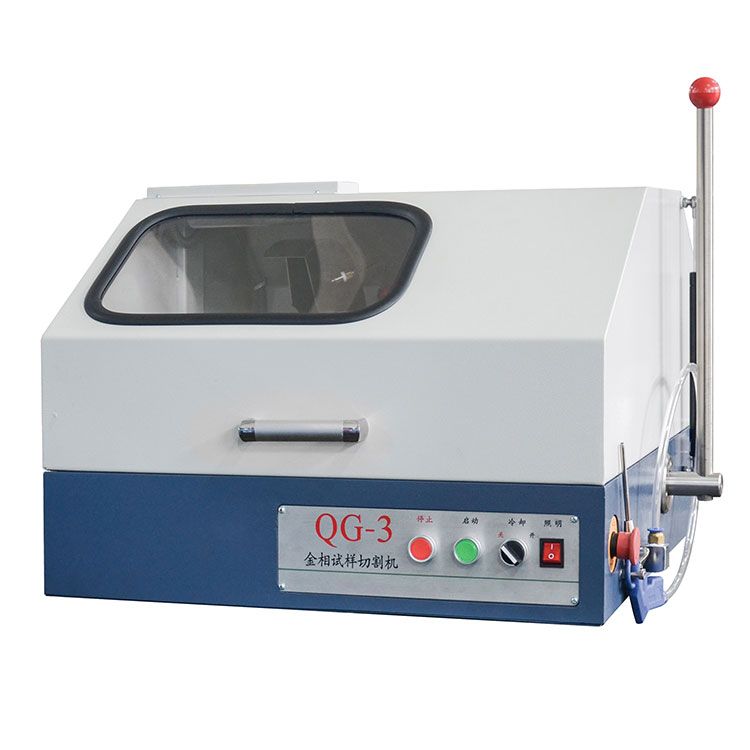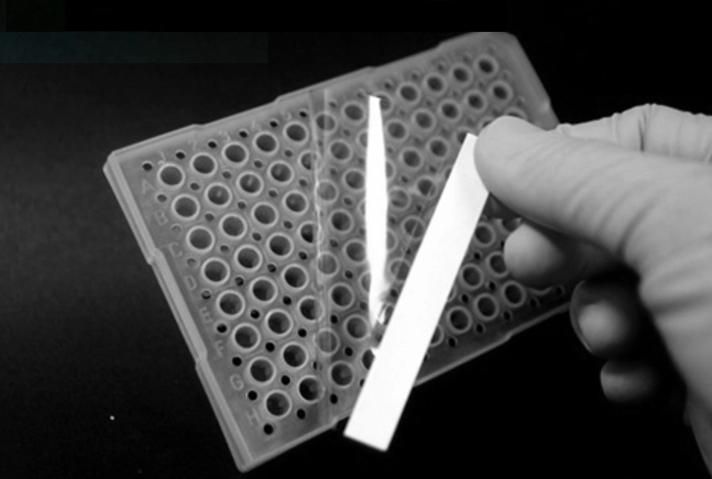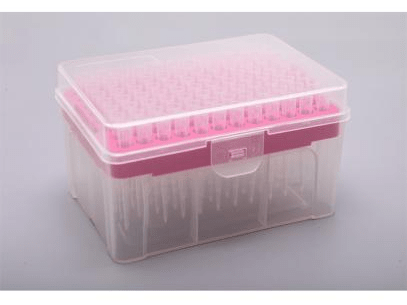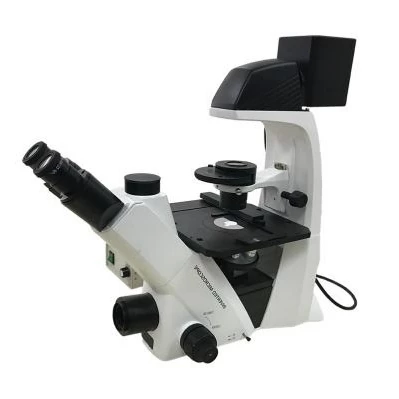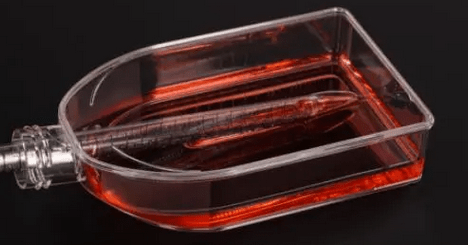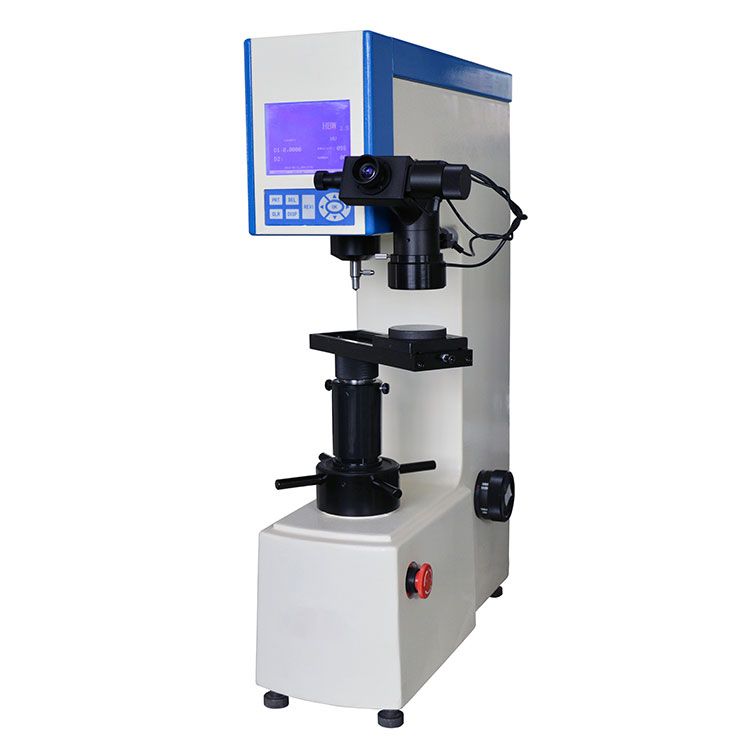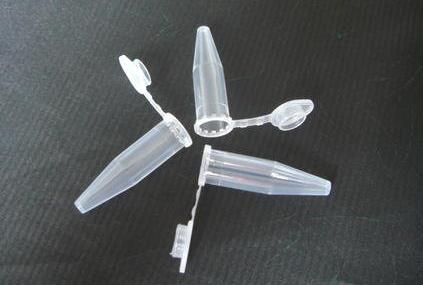This website uses cookies so that we can provide you with the best user experience possible. Cookie information is stored in your browser and performs functions such as recognising you when you return to our website and helping our team to understand which sections of the website you find most interesting and useful.
In today’s manufacturing environment, maintaining material quality and consistency is critical. Brinell hardness testing is a well-established method for measuring a material’s indentation hardness, which provides useful information about its mechanical properties. Traditional Brinell testers, while reliable, are time-consuming, subject to human error, and lack the data storage capabilities required for modern quality control practices….
In the world of magnification, stereo microscopes, also known as dissecting microscopes, provide a distinct perspective. Unlike their more powerful counterparts, compound and stereo microscopes provide a three-dimensional view of objects at low magnification. This 3D effect is achieved through their dual optical paths, which allow each eye to view the specimen from a slightly…
In the world of cell culture, selecting the appropriate flask type is crucial for the success of experiments and the growth of cell cultures. The choice of flask can significantly impact cell growth, proliferation, and experimental outcomes. With various options available, researchers must understand the different types of tissue culture flasks and consider several factors before…
Polymerase Chain Reaction (PCR) is a fundamental technique in molecular biology. It allows scientists to make millions of copies of a specific DNA segment, essentially amplifying it from a tiny sample. This is crucial because many biological analyses require a significant amount of DNA for accurate results. Various parameters that may affect the quality of PCR experiments are…
Cutting is the first and most important step in sample preparation. To cut the samples, the metallurgical sample cutting machine uses a resin cut-off wheel that rotates quickly. It includes a cooling system to prevent the sample from burning. It is widely used in metallurgical laboratories for cutting a variety of samples and is simple to use and…
In the realm of Polymerase Chain Reaction (PCR), a seemingly simple element plays a critical role in ensuring successful amplification: the PCR sealing film. This thin layer of plastic forms a vital barrier atop the reaction plate, preventing evaporation and contamination while withstanding the thermal cycling process. But beneath this seemingly basic function lies a…
Centrifuge tubes are indispensable tools in laboratory settings, utilized for various purposes such as separating substances of different densities, isolating components, and conducting experiments. One crucial aspect in selecting centrifuge tubes is the material they are made of. Glass and plastic are two primary materials employed in centrifuge tube manufacturing, each offering distinct advantages and disadvantages….
Pipette tips are critical to achieving accurate and consistent results. However, with so many options available, such as universal, CLT, and Rainin tips, it can be difficult to choose the right one. Universal Tips are designed to work with a wide variety of pipette brands. They are inexpensive and versatile, but they may have a…
An inverted biological microscope is a type of microscope designed specifically for studying living cells. Unlike a traditional upright microscope, it has a unique flipped configuration that offers several advantages when studying the complex world of living organisms. The light source and condenser are above the stage, while the objectives and turret are beneath it,…
Cell culture is a basic technique in biological research. It enables scientists to isolate and grow specific cell types outside of living organisms, resulting in a controlled environment for experimentation. Cell culture flasks are the primary housing for isolated cells in cell culture. These sterile plastic containers create a controlled environment that includes essential nutrients, gases, and…
In the realm of material science and industrial quality control, hardness testing stands as a critical pillar for assessing the durability, strength, and reliability of materials. From manufacturing to construction, aerospace to automotive industries, the ability to accurately measure hardness ensures the integrity and safety of various components and structures. The Brinell hardness test is a widely…
Microcentrifuge tubes are small, conical-shaped plastic tubes that like other centrifuge tubes are widely used in laboratories to store and handle small amounts of liquid. They are typically made of polypropylene and feature a snap-on or screw-on cap for secure closure. Because they are made of durable material, these tubes can withstand the high speeds…
2019 Chongqing Scope Instrument Co., Ltd. All Rights Reserved
